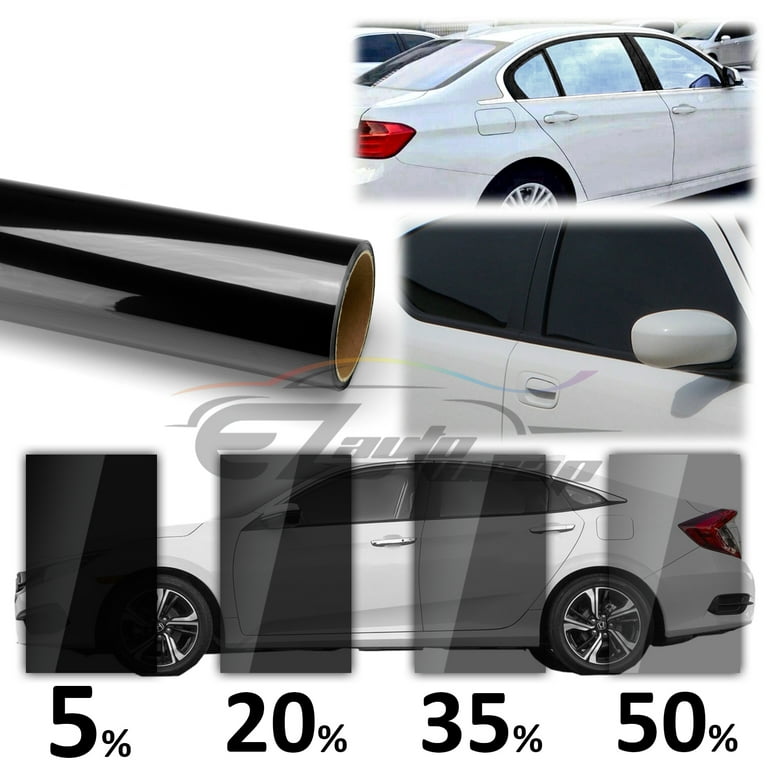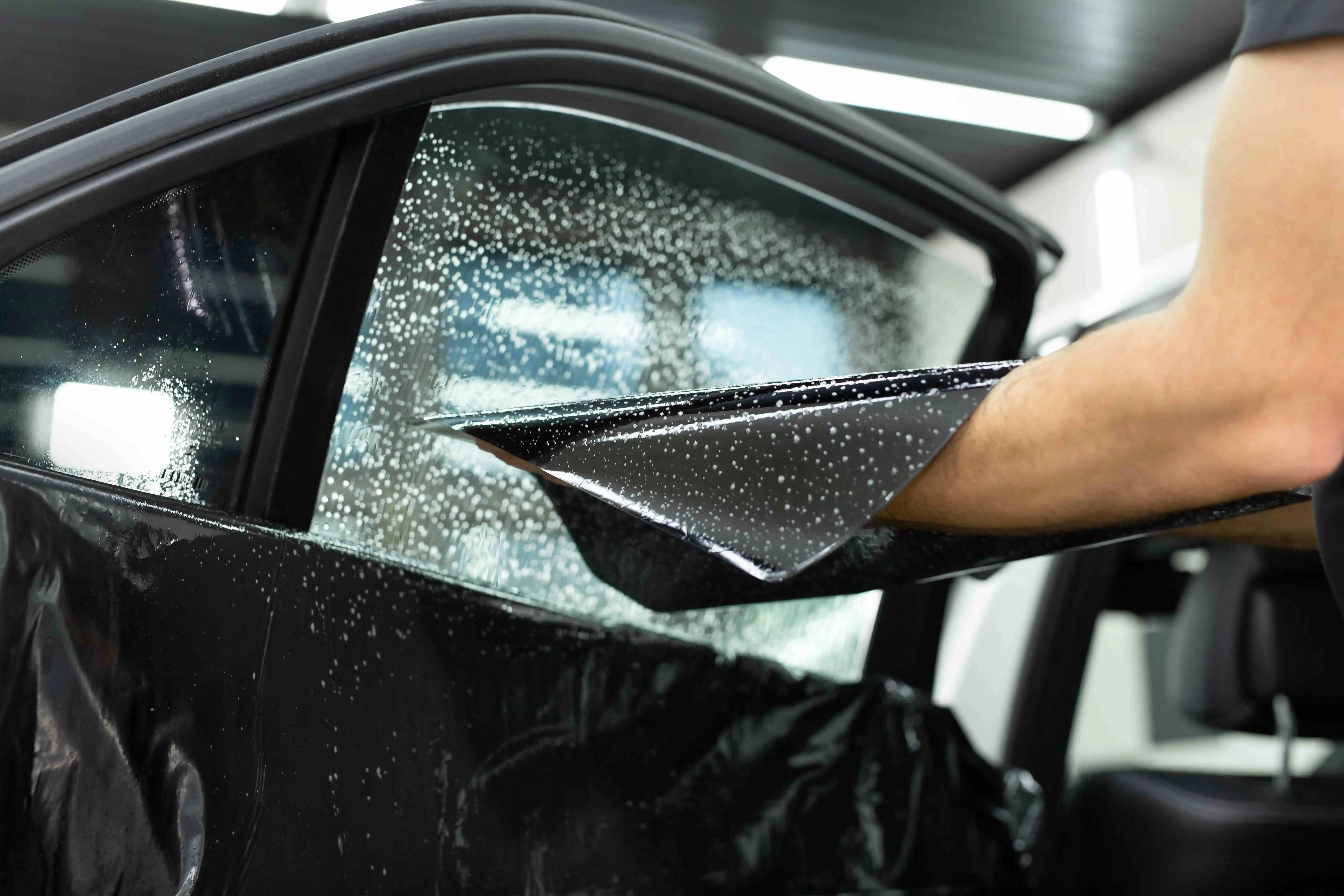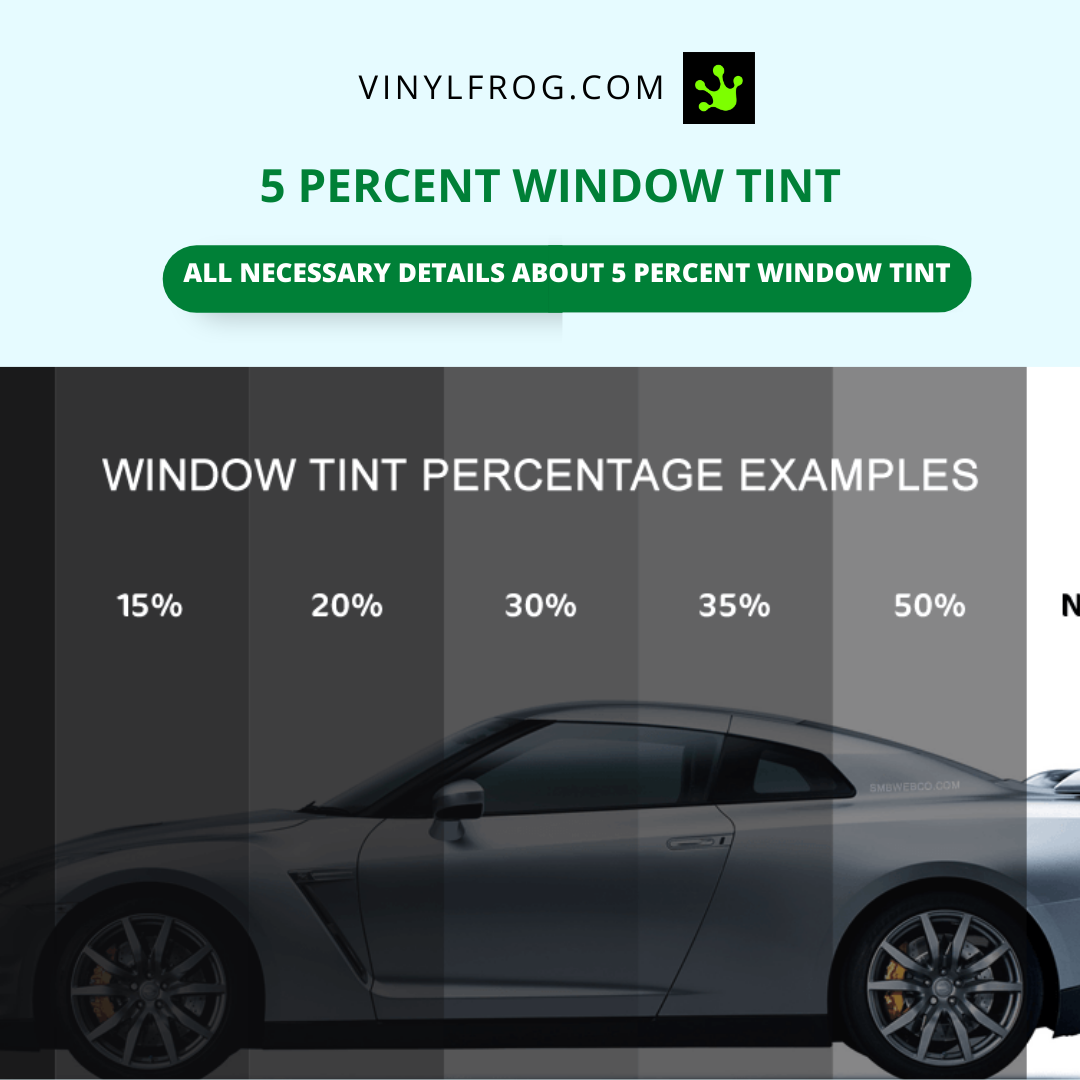Auto Window Tinting: An Overview to Choosing the Perfect Color
Auto Window Tinting: An Overview to Choosing the Perfect Color
Blog Article
Home Window Tinting Rules and Standards: What You Need to Know Prior To Tinting Your Vehicle
Prior to continuing with home window tinting for your lorry, it is vital to acquaint yourself with the varied legislations and guidelines that control this method across various states. These guidelines determine the permitted levels of tint darkness, frequently measured by visible light transmission (VLT) percents, and include details stipulations for front windscreens targeted at ensuring road safety. Additionally, specific territories may provide clinical exemptions for individuals with qualifying problems. Understanding these complexities can save you from potential lawful ramifications, but what are the certain rules in your state?
Introduction of Home Window Tinting Laws
Window tinting regulations are regularly based on variant across various territories, reflecting local guidelines and safety factors to consider. These regulations dictate the permissible degrees of tint darkness and reflectiveness on lorry home windows, ensuring that vehicle drivers keep appropriate exposure while also securing against hazardous UV rays and heat.
A lot of guidelines classify home window tinting based on the Visible Light Transmission (VLT) percent, which shows the quantity of light that can pass via the window. Generally, reduced VLT percents represent darker colors. Legislations typically distinguish between the front, side, and rear home windows, with stricter restrictions related to the front windscreen to enhance safety and security for both the motorist and other roadway customers.
Conformity with window tinting regulations is important, as violations can result in penalties, required removal of the tint, and possible increases in insurance policy costs. It is important for vehicle owners to acquaint themselves with neighborhood laws before proceeding with window tinting setups.
State-by-State Tint Regulations
Understanding the particular home window tinting guidelines in each state is vital for car owners seeking to abide by the legislation. Each state in the U.S. has actually developed its very own collection of guidelines governing window tinting, which can differ significantly. These guidelines usually determine the permitted levels of color darkness, the kinds of home windows that can be tinted, and any kind of medical exemptions that may apply.
As an example, states like The golden state have stringent restrictions on tint darkness for front home windows, while others, such as New Mexico, might permit darker tints. Furthermore, certain states mandate details presence percents for different windows, consisting of the windscreen, front side windows, and rear home windows. It is important for automobile proprietors to familiarize themselves with their state's regulations to prevent potential penalties or charges.
Additionally, some states may require a certification sticker label to be put on colored home windows, indicating compliance with state laws. Failure to comply with these policies not just runs the risk of legal consequences but can likewise impact safety and visibility while driving. Consequently, automobile proprietors need to carry out extensive study or consult local authorities to make certain full understanding and conformity with state-by-state color policies.
Allowed Color Types and degrees
Several car owners might be shocked to find out that allowed color levels and types differ extensively throughout different states. Each state has actually developed its very own guidelines relating to the acceptable darkness and reflectivity of window color, usually determined by Visible Light Transmission (VLT) portions. VLT describes the amount of light that can travel through the tinted windows; hence, a lower percent indicates a darker tint.

Moreover, the types of color materials permitted can vary, with some states prohibiting metal or mirror-like coatings. It is vital for automobile proprietors to familiarize themselves with their state's specific regulations to make sure conformity. Non-compliance can result in fines, obligatory removal of the tint, or other lawful effects, making it essential to comprehend these guidelines prior to waging installation.
Medical Exceptions for Tinting
While not all states have a peek at this site supply allocations for clinical exceptions concerning window tinting, those that do identify the requirement for details people to enhance visibility and convenience as a result of medical conditions. Different medical problems, such as lupus, skin cancer cells, and specific eye disorders, can provide people especially sensitive to sunlight. Consequently, these people may call for darker colors to protect themselves from unsafe UV rays and glow.

It is essential to note that despite having a medical exemption, there might still be limitations on the degree of color enabled. Conformity with state laws guarantees that people are both safeguarded and within legal restrictions. Those thinking about clinical exemptions ought to call their local Division of Motor Autos or comparable authority to recognize the requirements and treatments needed to request an exemption properly.
Penalties for Non-Compliance
Falling short to adhere to window tinting legislations can bring about substantial penalties, which vary by state. Police are empowered to provide citations for lorries that do not stick to the defined tinting policies. These charges normally consist of penalties, which can vary from modest total up to numerous hundred bucks, depending upon the intensity of the infraction and the state in inquiry.
In some jurisdictions, repeated offenses may lead to escalating fines or additional penalties, such as obligatory court looks. Non-compliance may demand the elimination of prohibited tinting, usually at the proprietor's expenditure. In severe cases, regular transgressors may deal with suspension of their car registration until compliance is achieved.
Furthermore, insurance effects might arise from obtaining multiple citations for home window color offenses. Insurance providers might watch such violations as an indication of riskier actions, potentially causing enhanced costs or trouble in protection.
To stay clear of these penalties, it is crucial for vehicle owners to familiarize themselves with their regional home window tinting legislations and guarantee that their vehicle complies (Window Tinting). This positive technique not just stays clear of lawful ramifications however also advertises road security
Verdict

Most guidelines identify window tinting based on the Visible Recommended Site Light Transmission (VLT) portion, which suggests the quantity of light that can pass with the home window. Conformity with window tinting guidelines is vital, as violations can result in penalties, required removal of the color, and potential boosts in insurance costs.Comprehending the certain home window tinting guidelines in each state is vital for car proprietors looking for to abide with the legislation. These laws usually dictate the permitted levels of tint darkness, the types of windows that can be tinted, and any kind of medical exceptions that may use.
For circumstances, states like The golden state have rigorous constraints on tint darkness for front windows, while others, such as New Mexico, may allow darker tints.
Report this page